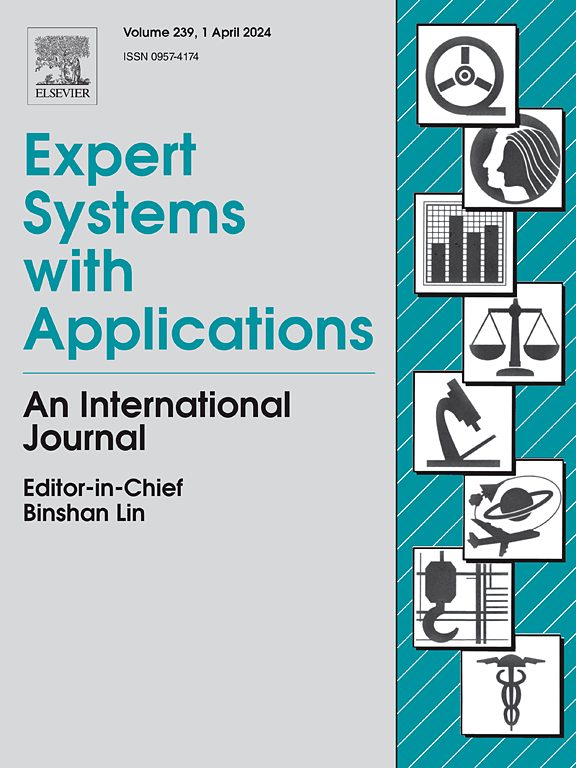Nonrestricted impulsive sampling control for synchronization of uncertain neural networks with hybrid discrete-delayed and distributed-delayed couplings: A new Halanay-like impulsive differential comparative lemma
IF 7.5
1区 计算机科学
Q1 COMPUTER SCIENCE, ARTIFICIAL INTELLIGENCE
引用次数: 0
Abstract
This article discusses the exponential synchronization challenge for uncertain neural networks with non-delayed coupling, discrete-delayed and distributed-delayed couplings. To tackle the effect of various couplings and large delays on network stabilization, a new Halanay-like impulsive differential comparative lemma is established by strict mathematical induction and reductio ad absurdum, which relaxes the conventional limitations on coefficient constraints. Based on the novel comparative lemma and Lyapunov function method, exponential synchronization criteria with the Kronecker product for the studied neural networks can be derived using a novel impulsive control protocol with current information and historical state communication. Traditional impulsive sampling control mechanisms require each sampling delay to be less than the sampling interval. Unlike conventional works, the impulsive control protocol and comparative lemma proposed in this study ensure the successful implementation of exponential synchronization in the considered neural networks, regardless of whether the impulsive sampling delay is larger or smaller than the sampling interval. In other words, our impulsive control intervals are nonrestricted by the size of sampling delays, which means the impulsive sampling scheme in this paper can effectively save control costs and increase communication security in practical applications.
具有离散-延迟和分布-延迟混合耦合的不确定神经网络同步的非限制脉冲采样控制:一个新的类halanay脉冲微分比较引理
本文讨论了具有非延迟耦合、离散延迟耦合和分布延迟耦合的不确定神经网络的指数同步问题。为了解决各种耦合和大时延对网络稳定性的影响,采用严格的数学归纳法和反证法,建立了一种新的类halanay脉冲微分比较引理,突破了传统的系数约束限制。基于新的比较引理和Lyapunov函数方法,利用具有当前信息和历史状态通信的脉冲控制协议,推导出神经网络的Kronecker积指数同步准则。传统的脉冲采样控制机制要求每次采样延迟小于采样间隔。与传统的研究不同,本文提出的脉冲控制协议和比较引理保证了所考虑的神经网络中指数同步的成功实现,而不管脉冲采样延迟是大于还是小于采样间隔。换句话说,我们的脉冲控制间隔不受采样延迟大小的限制,这意味着本文的脉冲采样方案在实际应用中可以有效地节省控制成本,提高通信安全性。
本文章由计算机程序翻译,如有差异,请以英文原文为准。
求助全文
约1分钟内获得全文
求助全文
来源期刊

Expert Systems with Applications
工程技术-工程:电子与电气
CiteScore
13.80
自引率
10.60%
发文量
2045
审稿时长
8.7 months
期刊介绍:
Expert Systems With Applications is an international journal dedicated to the exchange of information on expert and intelligent systems used globally in industry, government, and universities. The journal emphasizes original papers covering the design, development, testing, implementation, and management of these systems, offering practical guidelines. It spans various sectors such as finance, engineering, marketing, law, project management, information management, medicine, and more. The journal also welcomes papers on multi-agent systems, knowledge management, neural networks, knowledge discovery, data mining, and other related areas, excluding applications to military/defense systems.
 求助内容:
求助内容: 应助结果提醒方式:
应助结果提醒方式:


